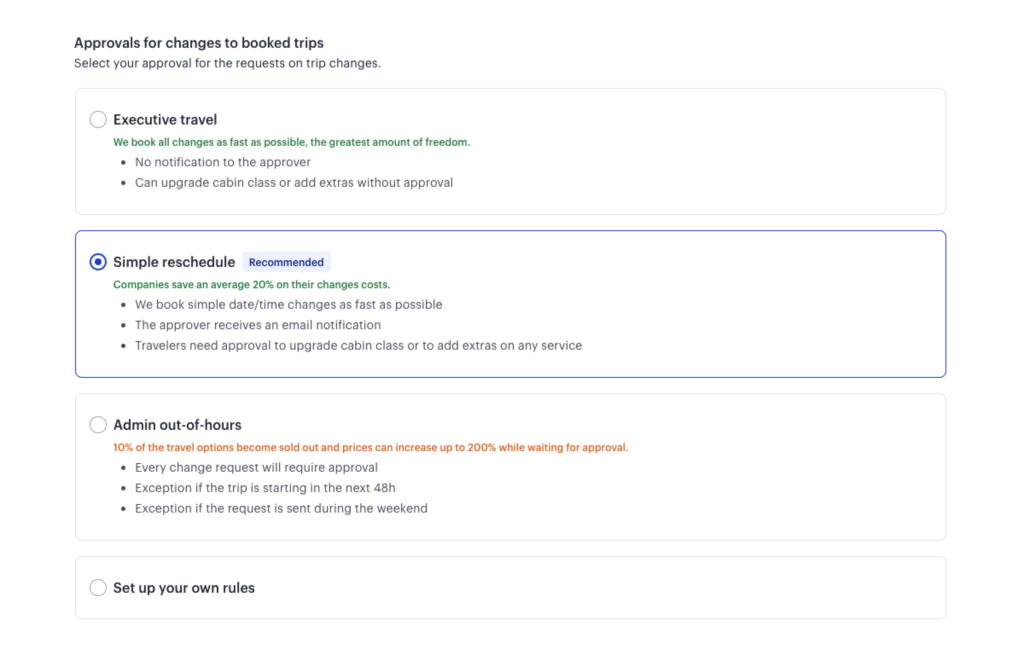By: James Lewicki & Walter Enloe
This is the first of a two-part preface excerpt from the book To Know the Joy of Work Well Done: Building Connections and Community with Place-Based Learning.
I came to Hiroshima in 1980 at age 31 to be teacher-principal at Hiroshima International School, a small, parent-organized school for foreign children grades K-8. I was returning home where my parents had lived since 1963. Typically, the school served 30-40 full-time students from ten countries in three multi-age, multi-grade classrooms, self-contained with art and Japanese language/culture integrated into the school day. The school was a blend of American British curriculum, “instruction” was in English, half the students were ESL or bi/tri-lingual whether Japanese or other (e.g. Dutch, French, Danish, Portuguese).
A third of the children were bi-racial, bi-cultural and or bi-lingual. Most students were at the school for at least three years, their parents working for global businesses (e.g., Mazda, Mitsubishi), as university and language schoolteachers, missionaries, the Atomic Bomb Casualty Commission, and the occasional American professional baseball player for the Hiroshima Carp. There was also a cadre of part-time students who met late afternoons: Japanese citizens in English Conversation classes and a group of 15-20 Japanese children who attended Japanese Schools but had lived at least three years in English-speaking countries whose parents wanted them to retain their “English” language skills and “International or American identity.”
I taught a self-contained 6-8 class of fifteen students and was school principal before and after school and during lunch. Teaching in a self-contained multi-age, multi-grade, multi-national, multi-language classroom where parents expected an ‘above standard’ education was a challenge. Most importantly, to teach in Hiroshima, the city whose self-proclaimed ideal was to become “the International City of Peace and Culture” brought a special obligation. Part of what attracted me back to Hiroshima at the height of the Cold War was the idealistic belief that I might make the world a better place through my teaching and leadership in an international school that contributed to Hiroshima’s vision.
I began the year as a novice principal, though experienced teacher having taught 9 years at the Paideia School in Atlanta. Our Hiroshima school had legal challenges with its landlord; the new building, designed as a two-story warehouse without heating, a sprinkler system or a fire escape, had a collapsed wall from the rainy season the month after I arrived with no insurance for repairs. Ford Motor Co. was beginning to work with MAZDA and was exploring our school for up to twenty additional families. And then there was the greater issue of teaching and learning. We used a variety of methods: group work, cooperative and peer coaching, thematic and topic study. Over time, I discovered that hands-on collaborative projects, mediated between speaker/thinkers of different languages, both transcended language and created phenomena termed “Nihongrish” (Japanese English hybrid) or “Portugrish.” There were also ample opportunities for individualized study and self-grading (e.g., a table with teacher “answer books” for children to check their math and language arts) as well as a variety of class field trips. I “made a go of it,” as a more experienced British colleague noted (he was building a 39 ft sailboat over the next five years to return to Tanzania). I gave myself that first term an A- for effort and a B for satisfactory performance (on a good day!). But I wasn’t satisfied. I knew we had the talent to do more!
In February 1989, I decided with my co-teachers that we would have a school-wide field trip to Peace Park to hear Pope John Paul II speak, visit the various exhibits and monuments, and have a picnic. A few parents questioned the trip, and a few folks even decided to keep their children home. Nevertheless, we teachers viewed this as a powerful learning experience for our students. As the school leader, I also saw it as a public relations opportunity to introduce our international school to the larger Hiroshima community. How might we contribute to Hiroshima’s message for the world: NO MORE HIROSHIMAS?
We were committed deeply to the development of basic, essential skills and concepts, honoring each student in the present for who they were…
Walter Enloe
Additionally, for me it was a deeply personal matter. From the time I had lived there at age fourteen I had struggled — unconsciously at least — with my own culpability as an American, living in Hiroshima the strange life of victor, the hegemonic life-style of “movie and rock and roll star.” Hiroshima is a special place as much for its symbol of nuclear apocalypse as it is for hope, renewal, and resurrections. It is a local place, vibrant, alive in the present, struggling to forget the past. Hiroshima is a global place, alive in the present, frightened that few will heed the warning that its hibakusha (a-bomb victims) inculcate and embody.
The essence of the Pope’s message, following his greetings in nine languages to the thousands assembled in Peace Park was a clear, simple set of truths.
- War is the work of man.
- War is destruction of human life.
- War is death.
- To remember the past is to commit oneself to the future.
- To remember Hiroshima is to abhor nuclear war.
- To remember Hiroshima is to commit oneself to peace.
Following the ceremony, a group of us went to the Mound of the Unknown, the repository tomb of the ashes of some 70,000 victims, surrounded by an iron fence festooned with thousands of brightly colored paper cranes of peace. We stood there as an entourage of priests and photographers arrived. People were gathering around Cardinal Carsoli, Secretary of State of the Vatican, who had accompanied Pope John Paul II to Hiroshima and Peace Park that day. We were greeted in Japanese and English; “Hello, how are you today?” inquired Cardinal Carsoli to us. We spoke for a few moments and as he turned to leave, he asked us, “What do you do for peace?”
We stood there in silence. It sunk in very much for me those next few weeks. Over the next months we began answering that question in tentative and inarticulate yet tangible ways. We invited international schools to join us in fundraising to erect a monument in Peace Park honoring the Pope’s visit. We established sister school programs with our local elementary school, a K-8 rural school in the mountains east of Hiroshima, and later the City’s school for physically challenged youth. We organized service projects through the World Friendship Center for elderly a-bomb victims. We joined with performances and exhibits at the City’s weeklong May Day Festival and Peace-Love Festival.
But it was in the month after our encounter with Cardinal Carsoli that I decided to introduce the kids in my class to an organizing idea, first developed by John Dewey and William Kilpatrick, coupled with an activity pedagogy proposed variously by Adolphe Ferriere, Jean Piaget, and Celestin Frienet: project and placed-based learning built on the estuary of the Ota River: Hiroshima (wide Islands) – Past, Present, and Future. We followed Kilpatrick’s year-long model of an upper elementary class organizing itself around the topic and place of Ancient Egypt: building pyramids, producing papyrus, mummifying a chicken, writing in hieroglyphics, making bread from thrashing wheat to baking in a clay-made oven.
We were committed deeply to the development of basic, essential skills and concepts, honoring each student in the present for who they were holistically, and what they knew, and taking them as far as we together could accomplish. With that in mind, I decided to approach the topic of Hiroshima: Present, Past and Future through the modalities of learning about, learning for, and most intentionally learning through.
That story is captured in my books Oasis of Peace (1998) and Lessons from Ground Zero (2002). We took a hybrid approach engaging four interrelated outcomes; place-study, Hiroshima themes, thousand cranes, and guiding questions.
1) The place study of Hiroshima through language arts, history, science, mathematics, art and physical education was imbued with variety; e.g., discovered that Hiroshima had invented a local game, Esuki Tennis, badminton size court, foot high net, tennis ball and paddles!
2) We explored Hiroshima themes through mind-mapping and free association and generated a variety of connected topics: agriculture led to rice cultivation present day, while during the Jomon Period; oyster cultivation led to the Yayoi period shell mounds, pearl divers, and the eventual development of Hiroshima as human made islands where the estuary of the Ota River met the Inland Sea. This led to the building of Hiroshima Castle and the 17th century fiefdom of the Asano Clan.
3) And we planted the germ of a seed that grew in 1985 to become the world-renowned Thousand Crane Club.
4) Guiding Questions. We asked guiding questions requiring in-depth research, field trips, letter writing, interviews, and the writing of reports:
- What does Hiroshima mean to the world?
- Who speaks for Hiroshima?
- Why was Hiroshima the first A-bomb city?
- Was the bomb necessary?
- Why were the hibakusha not supported and shunned by so many?
- Why doesn’t the Atomic Bomb Casualty Commission treat a-bomb victims?
- Were there any foreign casualties? (Yes, forced Chinese and Korean laborers, three Russian families, a German priest, and at least 8 American British prisoners of war).
- Why so many orphans and what happened to them?
- What was located on our school property and the local playground on August 6, 1945? In 1845?
- How do we find out?
Local peacemakers were interviewed. All were hibakusha (bomb victims). The high school teacher who studied in the United States, Miss Shibama; the Rev. Tanimoto, a graduate of Emory University and leader of the “No More Hiroshimas” Movement; the current Mayor Mr. Akiba, and Miss Matsubara, one of the disfigured “Hiroshima Maidens,” and docent of the Peace Museum, all agreed. Letters affirming our work arrived from overseas: from Dr. Helen Caldicott, leader of Physicians for Social Responsibility, and the noted authors and peace activists Norman Cousins, Pearl Buck, and John Hersey.
A letter shared from the Thousand Crane Club caught the spirit, “Most important, (the club) is a time to work together, to talk about friendship and conflicts, and to discuss and think about a lot of things. We don’t have any suggestions other than when we did this (folding 1000 cranes) we learned a lot about each other, we helped each other, and now our class is really close. We folded these cranes for peace and in memory of Sadako, but really, we helped ourselves.”
Walter was a teacher, educational leader, scholar, author, artist, and peace activist.
James Lewicki is the Director of Development at EdVisions.







